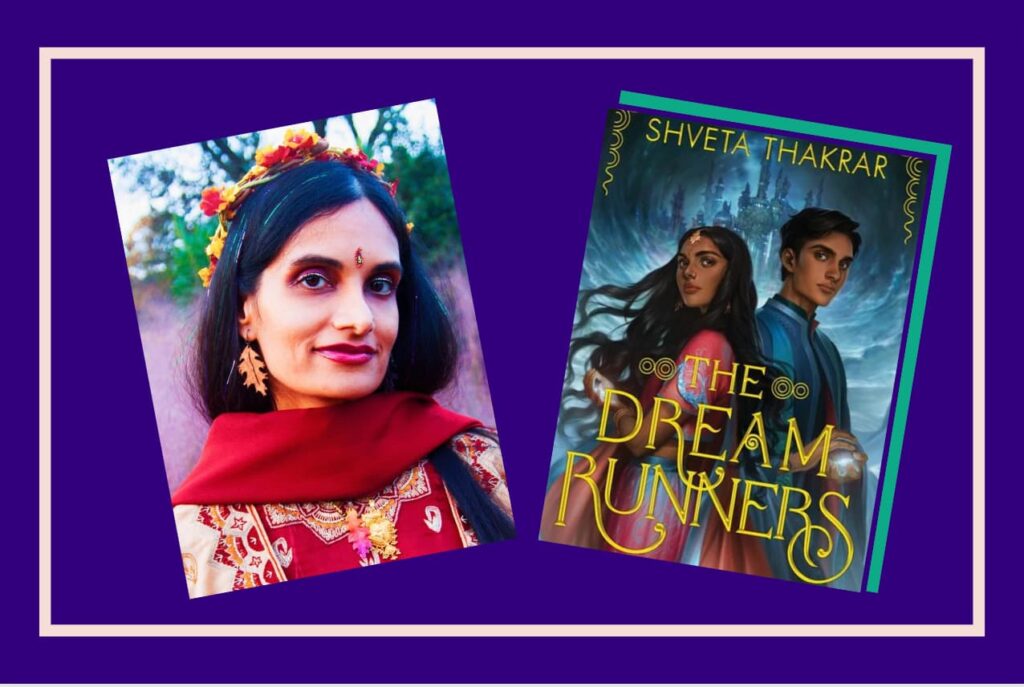
Can dreams and hopes intertwine or are they two separate entities? Shveta Thakrar’s fantasy young adult novel, “Dream Runners” explores exactly that — the intersectionality of dreams and hopes.
A dream runner captures dreams from the mortal realm to encase them in vials that she/he brings back to Nagalok, an underground world of nagas, or varying social statuses. Dream runners are responsible for harvesting dreams to help the people of Nagolak stay connected with the world above ground. Dream runners can also give one a glimpse into someone else’s life. Tanvi is a dream runner and the protagonist of the story.
[Read Related: Brown Girls Finally Get the Fantasy Heroine They Deserve with ‘Aru Shah and the End of Time’]
At the start of the story, Tanvi has a goal: she wishes to earn enough money or “boon” from her endeavors of dream-running, to purchase a golden bracelet. “Dreams were Tanvi’s bread and butter, or in naga terms, her roti and ghee.” Nagolak is run by Queen Naga Yakshi and King Vasuki, whose daughter, Princess Asha, has a tendency to annoy people, especially Tanvi. Not to mention, Princess Asha bears secrets that Tanvi wants no part of but is forced into exploring. Tanvi has a goal whereby she wishes to earn enough money or “boon” from her endeavors of dream-running, to purchase a golden bracelet. After all, “Dreams were Tanvi’s bread and butter, or in naga terms, her roti and ghee.”
In the process of being a dream runner, Tanvi unwillingly becomes too involved in the mortal world. Mortals begin calling her by the name, Nitya, which is an entirely different identity. At first, Tanvi brushes it off as a misunderstanding. However, the more she ventures into the mortal world, the more people recognize her as Nitya. Tanvi begins to have dreams, something that dream runners never experience. The questions arise: are Tanvi and Nitya the same person?
Meanwhile, such experiences can pose a threat to the nagas and thereby, cause a breach into their world, which they have kept secret from the mortal realm.
[Read Related: Unpopular Opinion: ‘Bridgerton’ is Dangerous Fluff]
While Tanvi’s boss, Lord Nayan, possesses every quality of leadership in Nagalok, his dream smith, Venkat, although skillful, has a fatal flaw in his leadership skills: he is too kind when dealing with dream runners.
Throughout “Dream Runners,” Shveta Thakrar entices us with an adventure that includes both Hindu and Indian traditions. Within the novel, there is the extravagance of cultural attire, the spicy details of people’s lives, both mortal and immortal, and the excitement of Hindu celebrations. Its concept is intriguing, the mystery alluring, and each character is interconnected to the other.
I zoomed through “The Dream Runners” because the concept is intriguing, mystery lured me at every corner, adventure called me into fantasy and various characters and creatures begged me to understand them and their connection to one another. A work of fiction made for dreamers yearning to explore an exciting new realm.
Purchase your copy today!




